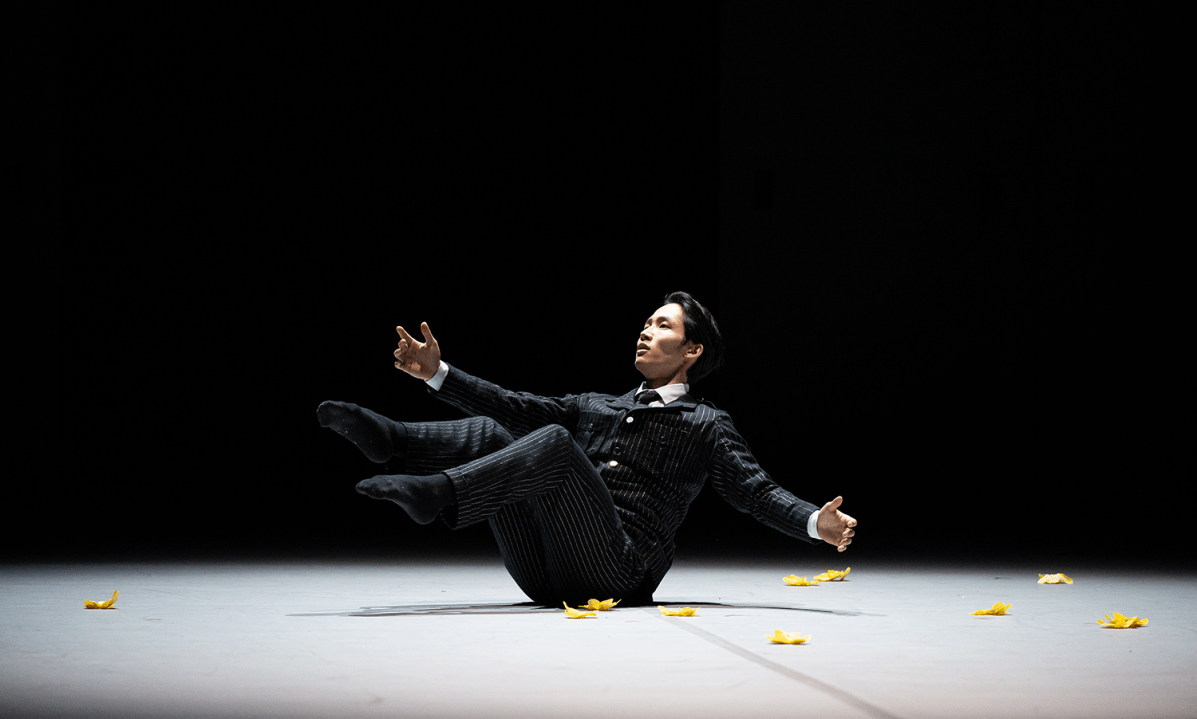Carmen and Frankenstein are without a doubt two of the most over-worked tropes in our culture, the myths of the evasively seductive gypsy and the human monster machine being lazily recycled and plundered and vulgarised in various forms to the point at which their authentic primal power has been altogether deflated. So it was with a heavy sigh that I anticipated their two latest danced iterations. No surprises were likely, and none were delivered.
It’s not bad, it’s just not good enough – yet another retread of familiar material
The list of choreographers – Roland Petit, Alberto Alonso, John Cranko, Mats Ek, Antonio Gades, Matthew Bourne, Carlos Acosta – who have had a go at Bizet’s poor old traduced score, either in its original orchestration or in Rodion Shchedrin’s bastardised suite, could be continued ad infinitum. Petit and Bourne at least tried to create scenarios that didn’t simply mimick the opera’s narrative or the Hispanic setting; others have stuck much closer to it and have therefore been dragged into cliché. To this latter number must be added the Swede Johan Inger, whose version was premiered in Spain in 2015 and has travelled widely since. Now it’s been taken into English National Ballet’s repertory.
The programme note claims that the performance is ‘unlike any other’ – a reading that returns to Bizet’s source in Prosper Mérimée’s novella, focuses on domestic violence and tells the tale through José’s ‘tortured psyche’.

But apart from the excision of the additional character of Micaela and the addition of a spectral androgynous child – presumably representing the young José, who loses his innocence and runs into trouble with a bunch of creepy-crawly figures of fate shrouded in black – the opera’s outline is closely followed without incorporating or implying any of Mérimée’s emotional or structural nuances.








Comments
Join the debate for just £1 a month
Be part of the conversation with other Spectator readers by getting your first three months for £3.
UNLOCK ACCESS Just £1 a monthAlready a subscriber? Log in